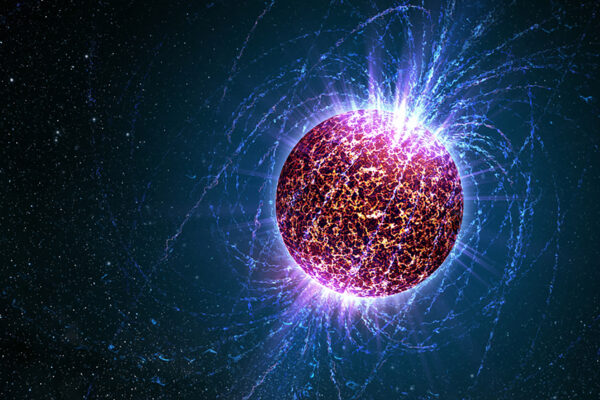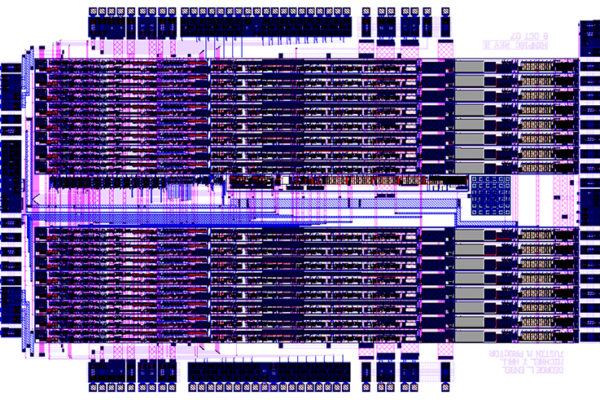Looking skin deep at the growth of neutron stars
Researchers from physics and chemistry in Arts & Sciences at Washington University in St. Louis leveraged data from nuclear scattering experiments to make stringent constraints on how neutrons and protons arrange themselves in the nucleus. Their predictions are tightly connected to how large neutron stars grow and what elements are likely synthesized in neutron star mergers.
Improving nuclear detection with new chip power
A cross-disciplinary team of chemists and physicists in Arts & Sciences is building a better computer chip to improve detection and surveillance for the illegal transport of nuclear materials at U.S. borders. The work is part of a new, five-year, $10 million collaboration in low-energy nuclear science led by Texas A&M University.
Kirkwood resident receives U.S. Department of Energy’s Outstanding Junior Investigator Award
Henric S. Krawczynski, Ph.D., assistant professor of physics in Arts & Sciences at Washington University in St. Louis, received the U.S. Department of Energy’s (DOE) Outstanding Junior Investigator Award in high-energy physics, one of eight scientists in the country to receive the prestigious recognition in 2004.


